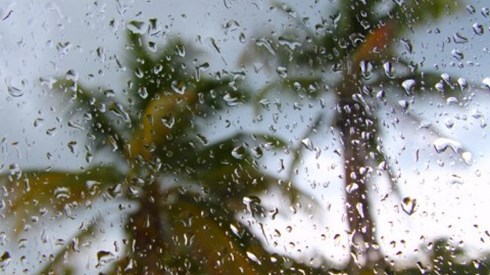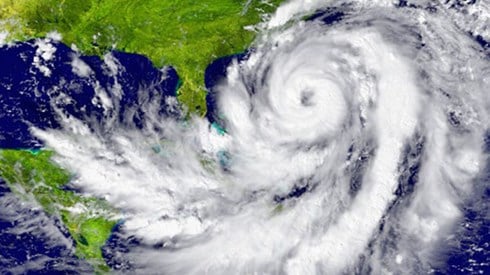CCRIF SPC Making $40 Million Earthquake Payout to Haiti

August 24, 2021

CCRIF SPC will make an approximately $40 million payout to the government of Haiti following the 7.2 magnitude earthquake that struck Haiti on August 14.
A CCRIF statement said the payout represents the full coverage limit under Haiti's parametric insurance policy for earthquake for the 2021–2022 policy year.
Because CCRIF's insurance policies are parametric, payouts are made within 14 days of an event, the CCRIF statement said. A member country's policy is triggered when the modeled loss for a hazard event in a country equals or exceeds the attachment point selected by the country and specified in the policy contract.
CCRIF will continue to provide earthquake coverage to Haiti for the remainder of the policy year, which ends on May 31, 2022, under a special feature of the earthquake policy known as the reinstatement of sum insured cover (RSIC). The RSIC, introduced by CCRIF in 2017, provides access to coverage after the maximum coverage limit of a country's earthquake or tropical cyclone coverage has been reached.
The current payout to Haiti represents CCRIF's largest single payout to date. Since the facility's inception in 2007, it has made 53 payouts totaling $242.4 million to 16 of its 23 members. Haiti has received five payouts totaling $78.3 million.
Since the start of this year, Haiti also has been struck by Tropical Cyclones Elsa and Fred and received a $343,000 payout from CCRIF under the aggregated deductible cover (ADC) or its tropical cyclone policy following Elsa. The ADC provides a minimum payment for events that aren't sufficient to trigger a country's tropical cyclone policy but for which losses on the ground are registered by a member government.
Earlier this year, CCRIF noted that its member governments had renewed their parametric insurance coverage for tropical cyclones, excess rainfall, earthquakes, and the fisheries sector in advance of this year's Atlantic hurricane season. According to a statement from CCRIF, this was the second straight year that members ceded more than $1 billion in risk to CCRIF.
During the 2020 hurricane season, CCRIF made eight payouts due to Tropical Cyclones Cristobal, Laura, Zeta, Eta, and Iota totaling $48 million to six member governments on their tropical cyclone and/or excess rainfall policies.
CCRIF is not designed to cover all losses on the ground resulting from a catastrophe. Instead, it's intended to provide a source of quick liquidity to governments as additional resources are mobilized to assist with the longer-term recovery and redevelopment processes following a catastrophe.
Previously known as the Caribbean Catastrophe Risk Insurance Facility Segregated Portfolio Company, CCRIF SPC is a segregated portfolio company that is owned, operated, and registered in the Caribbean. It limits the financial impact of such disasters as catastrophic hurricanes, earthquakes, and excess rainfall events on the Caribbean and Central American governments by quickly providing short-term liquidity when a parametric insurance policy is triggered.
CCRIF SPC was developed under the technical leadership of the World Bank and with a grant from the government of Japan. It was capitalized through contributions to a multidonor trust fund by the government of Canada, the European Union, the World Bank, the governments of the United Kingdom and France, the Caribbean Development Bank, and the governments of Ireland and Bermuda as well as through membership fees paid by participating governments.
August 24, 2021





